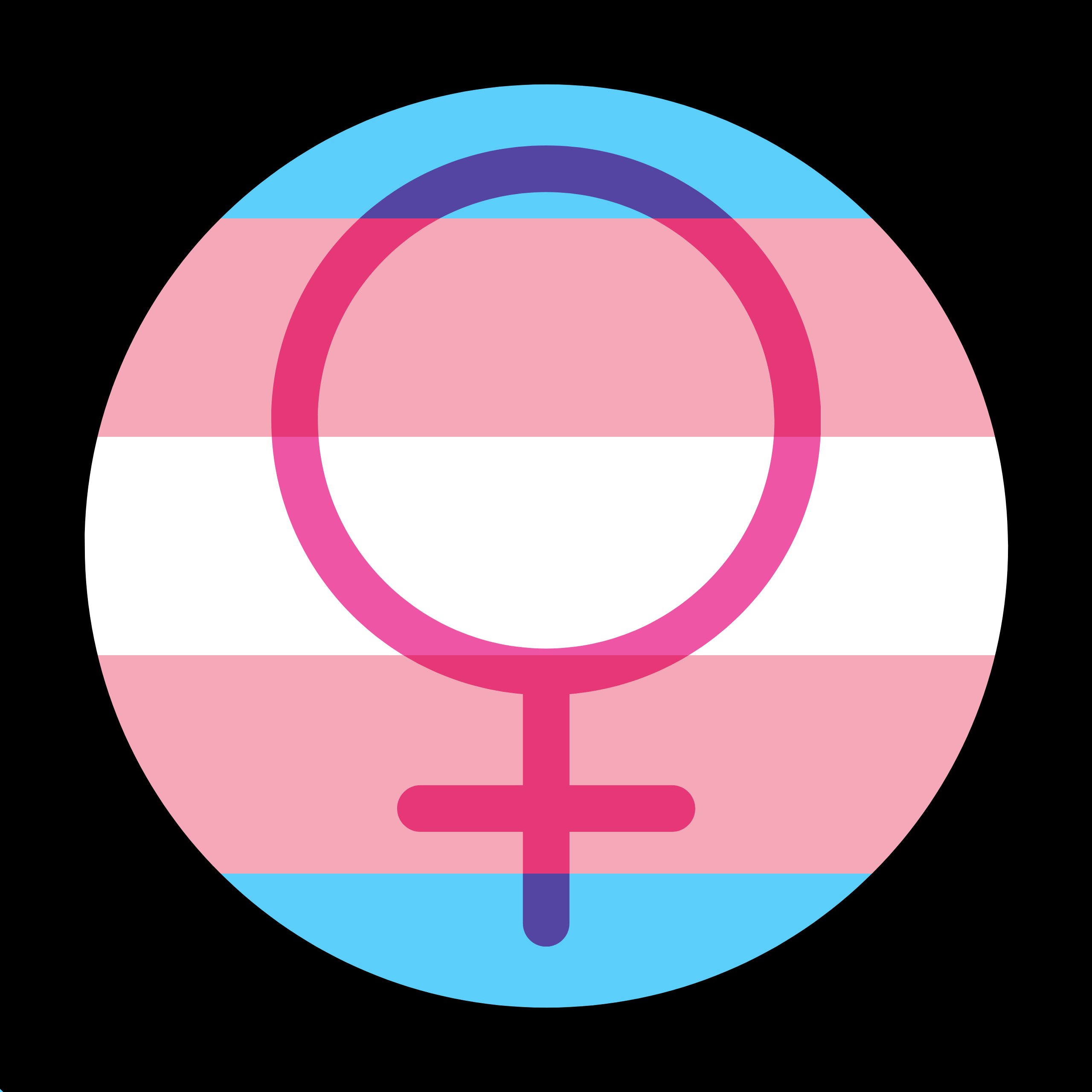I want to disagree, but the reality is that most TV shows from the 90s and before have aged pretty poorly (certainly way worse than movies of the same age have). There are a few reasons for this, but I think the big three are: TV used to be lower budget and lower prestige (going from being a movie actor to a TV actor was shameful), TV had to be episodic due to the nature of broadcast (this improved once TiVo entered the scene, but it was streaming that really made multi-episode storytelling possible), TV episodes were extremely exact in their length (had to stick to the broadcast schedule, which sometimes caused major pacing problems).
Sci-fi TV especially seems to have aged terribly. Part of that is it used to be a niche genre that did not get the resources it needed to not come off at least a little campy, but I suspect the biggest issue is that of audience: shows like Star Trek or X-Files tried to have mass appeal in a way that TV nowadays doesn’t need to. I think Firefly’s (eventual) success really helped the genre turn a corner, and subsequent hits like BSG showed that “serious” sci-fi was feasible on the TV model. These two series also really ratcheted up viewer expectations for what “good” sci-fi TV should be.
I appreciate the classics like TNG for keeping certain franchises alive and the genre as a whole stumbling along until it could really hit its stride in the '00s, and I do think the shows have some watch value even today, but honestly most of it is rooted in nostalgia and historic importance.










Agreed, the 90s marked a major improvement (and expansion, thanks to cable) in television compared to prior decades. Children’s television in particular flourished, especially educational programs. I’d consider it a stepping-stone era, however, as like I said things improved substantially again in the following decade.